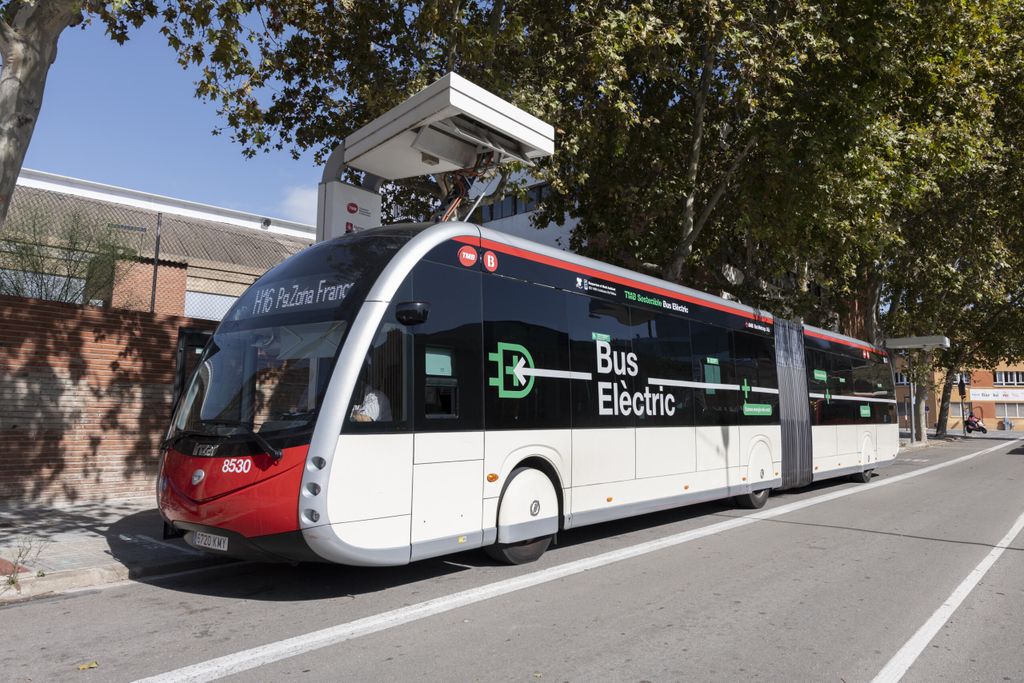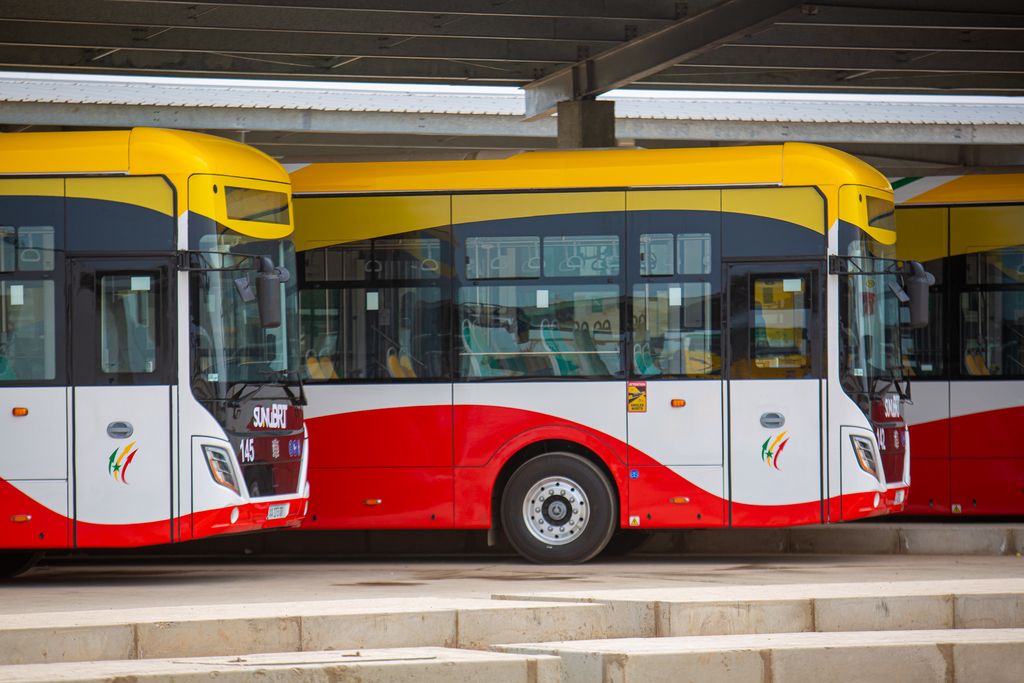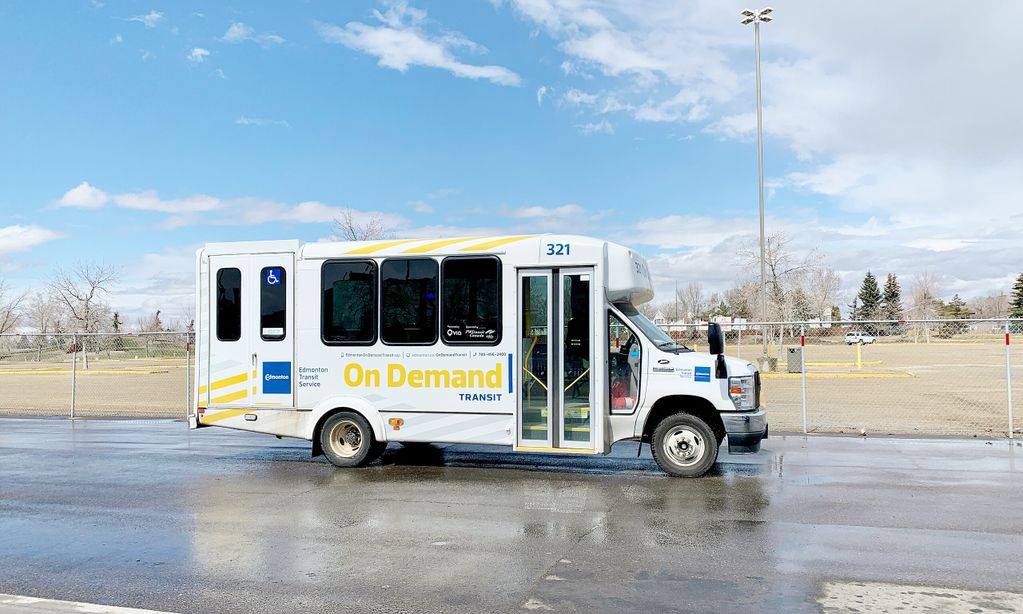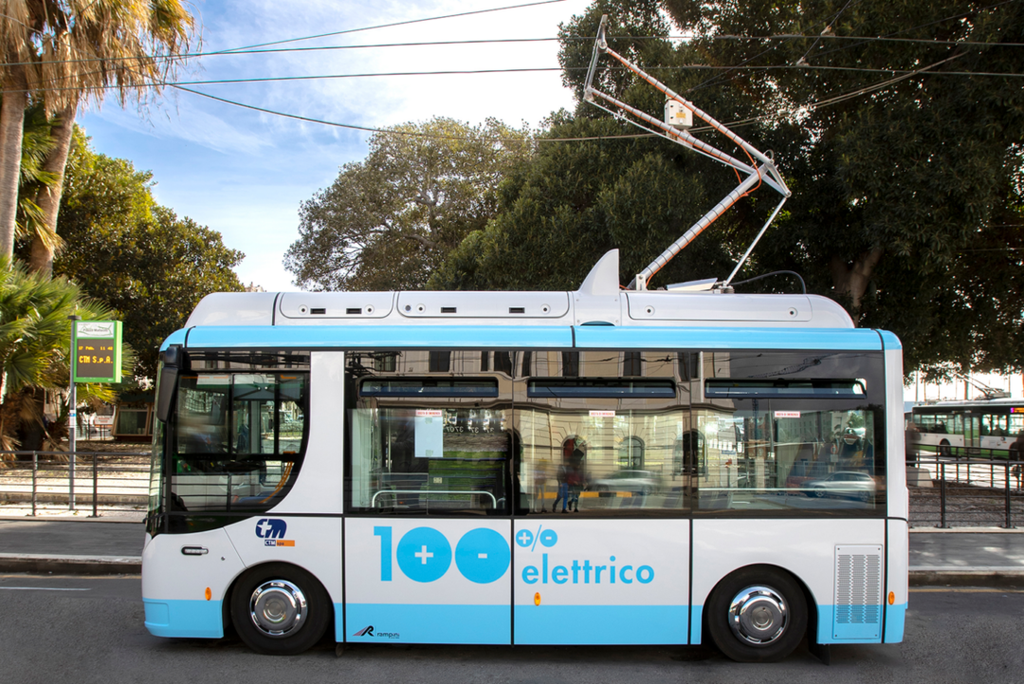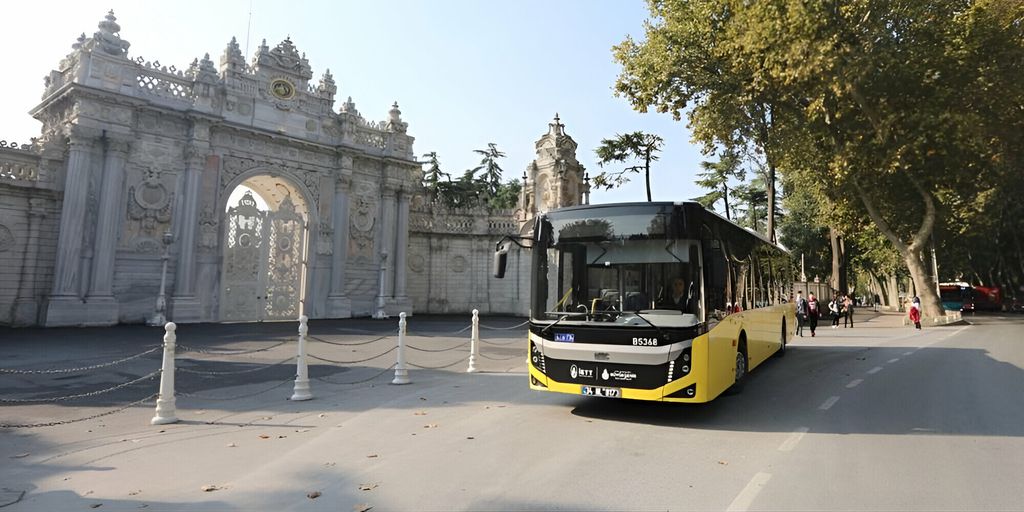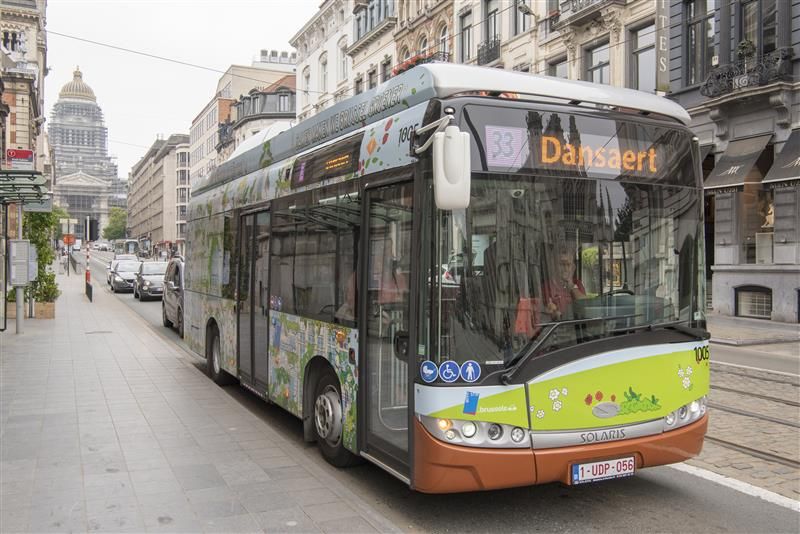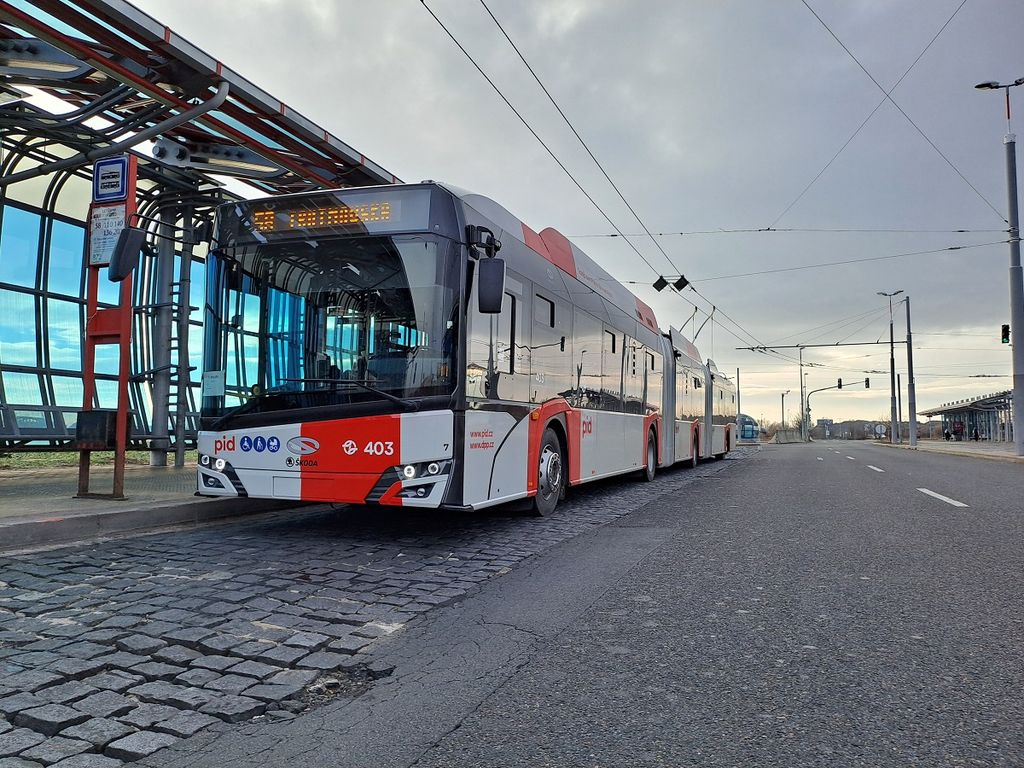
On the road to a concept for BRT: new eBRT2030 publication lays out building blocks for future innovation
Improving urban life since the 1970s
BRT (Bus Rapid Transit) keeps transforming cities across the world. Considered a major solution to reduce congestion and air pollution whilst at the same time improving accessibility, many cities across the world have ongoing plans to implement BRT, for example in the MENA region.
BRT is far from being a new concept. First introduced in 1937 as part of the Chicago plan (which called for converting rail rapid transit lines into express bus operations), the upgrading of busways in Curitiba (Brazil) towards a modern-day BRT system in the 1970s is often pointed out as reference example that led to the eventual adoption of the concept globally.
By the turn of the 21st century, already twenty-five cities globally had implemented BRT systems. Fast forward to 2022, and worldwide there are 191 cities with operating BRT systems, with 76 BRTs opening in the last 10 years.
And BRT keeps innovating. In recent years, BRT systems worldwide have increasingly incorporated zero-emission buses, while advancements in automation, integration with other modes and other ITS technologies have further advanced bus operations, adding modern and high-quality service for citizens next to its important environmental and sustainability benefits.
for BRT
To further unleash the potential of BRT systems and electric mobility around the globe, the eBRT2030 project was launched in 2023 to demonstrate the applicability of a new generation of (E)BRT systems in different urban contexts with innovative solutions such as automation and connectivity. Under the helm of UITP, the EU-project brings together 49 partners from across the sector.
The letter ‘E’ in its name is twofold: it stands for electric but also for European, pointing at both the innovations that the project will carry out as well as to the focus on the European context and needs.
The proposed approach wants to take into consideration that European cities, particularly those with historical urban layouts, have often limited available space for dedicated BRT infrastructure. This poses challenges in designing and integrating BRT corridors in cities in Europe following the infrastructure intensive approach as the ones inspired by most of the South American systems.
To unleash innovation
Now, the eBRT2030 project has published its first report ‘On the road to a concept for BRT’, serving as a baseline describing the state-of-the-art of (E)BRT systems around the world, and creating a benchmark for the project. The report examines the European context for the implementation of BRT systems and the impact of electrification on BRTs, with an overview of governance and planning for implementation of these systems.
Without establishing such a basis, it would not be possible to analyse the integration of the new technological innovations applied to (E)BRT systems and their interconnection with other public transport modes.
The report can be used by operators, authorities and other experts across the world as a starting point on how to define and characterise (E)BRT, while also looking at what has already been implemented in the rest of the world. This makes the deliverable an important baseline against which innovations will be developed, tested and evaluated, so to produce the new concept for innovative European electric BRT systems.
This report is the starting point of the eBRT2030 project as its first step towards the definition of a new European concept for BRT that looks at the future. A future where public transport keeps contributing to the Paris Agreement and the Sustainable Development Goals, as the backbone of urban mobility and where citizens choose to use it because it is more convenient, comfortable, and efficient than private cars.
In the months and years to come, eBRT2030 solutions will be tested in real-life demos in Europe and beyond. And while the focus will be on Europe, one major goal of the project is to translate and apply eBRT solutions not only in Europe, but also to tackle challenges on pollution and emissions in the global south.
Find out more about the eBRT2030 project.
exclusive resources

